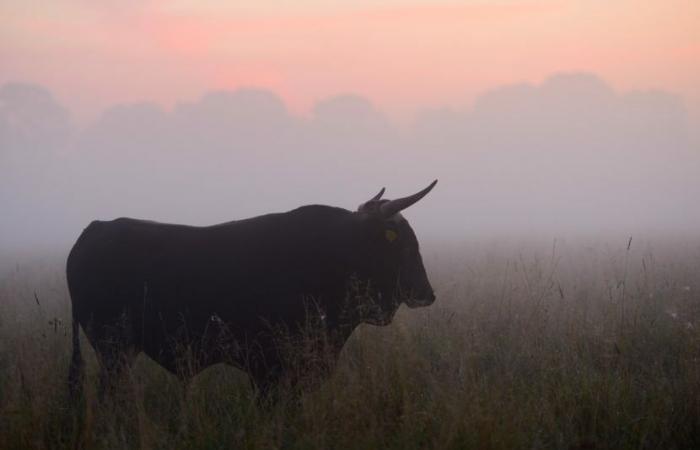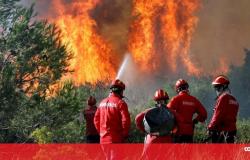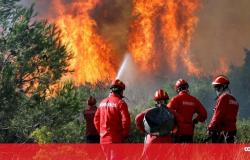Staffan Widstrand / Rewilding Europe
One of the cattle aurochs to be bred by Rewilding Europe.
Prehistoric cattle disappeared almost 500 years ago, but are little by little returning to the Côa Valley. Not only does it promote biodiversity, it can also be a valuable reinforcement for firefighting.
Although it camouflages itself among the common livestock of Portuguese landscapes, it is not.
The Tauros Program, which seeks to “resurrect” the ancestor of domestic cattle through the reproduction of the closest relatives of the original aurochs, is underway in Portugal at the hands of Rewilding Europe, a non-profit organization based in the Netherlands, which, together with the Dutch Taurus Foundation, created a program in 2013 to bring the animal back to life.
Since the 13th century, reduced to small groups dispersed throughout Europe, the aurochs it disappeared in 1627, after the death of the last specimens in Poland.
When the Swedish army attacked Poland in 1655, it devastated the kingdom and plundered everything it could. Among the looted goods was a very valuable object belonging to Sigismund III Vasa, king of Poland: an ornate horn. In life, the horn belonged to the last aurochs bull.
“Humans in Europe have shared the landscape with aurochs for thousands of years. There has always been a certain admiration towards these animals. They were even represented in Paleolithic art”, he explains to the BBC Pedro Pratateam leader at Rewilding Portugal, a private non-profit organization that wants to restore natural ecological dynamics throughout the world Côa Valley.
And it is precisely in this valley that the largest concentration of these Paleolithic outdoor prints in the worldaged between 30 thousand and 10 thousand years, where the aurochs has a very prominent place.
The animal, which eventually disappeared precisely due to hunting, was approximately 1.80 meters from shoulder to shoulder It is more than three meters long in the case of males, thus being much larger than current cattle.
Hunter-gatherers saw themselves as “Greeks” when hunting an aurochs. It was necessary to learn to hunt them, collectivelyand it is precisely because it makes them sweat that the authors of the engravings mostly chose the aurochs to decorate their walls.
“O symbolism is associated with this difficulty in hunting”, says Thierry Aubryscientific director of the Côa Parque Foundation.
One of the biggest challenges for the Rewilding Portugal team, which wants to see these cattle back on the land, is the ecosystem. The current landscape, victim of human intervention and climate change, is very different from the one in which the aurochs roamed.
Bulls are great transformers of the ecosystem, and they do so not only in pasture, but also when they kick and scratch vegetation, which allows the creation of more open areas.
Bringing these cattle back is also a reinforcement for the Portuguese firefighters. “A fire prevention It could involve the introduction of large cattle because they reduce the amount of fuel”, concludes Aubry.
Tomás Guimarães, ZAP //







